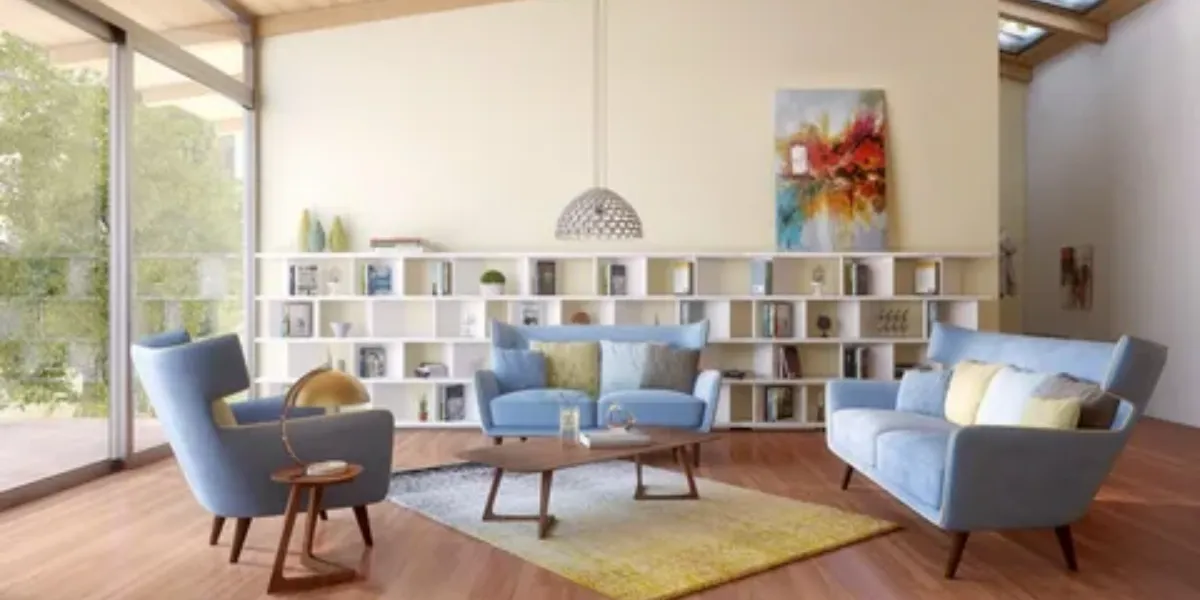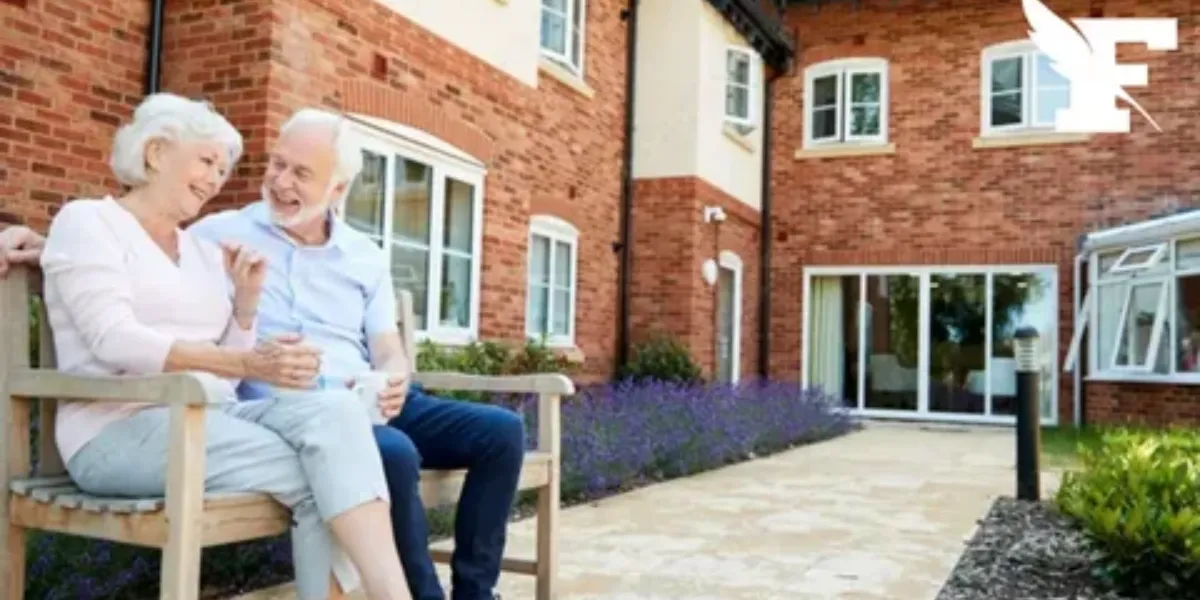Multigenerational Housing

Multigenerational housing, once a common practice in many cultures, is experiencing a resurgence in popularity. Families are rediscovering the benefits of living together under one roof, reminiscent of the communal lifestyle observed in the “Old Country.”
The Concept of “Old Country” Living
In the “Old Country,” extended families often lived together, sharing resources and supporting each other through life’s challenges. This model fostered strong bonds and intergenerational wisdom, which are now being recognized as valuable assets in modern society.
Advantages of Multigenerational Living Arrangements

Multigenerational living offers numerous advantages, including cost-sharing, childcare support, companionship for elders, and enhanced familial connections. By pooling resources and talents, families can thrive in a shared living space.
Challenges in Multigenerational Housing
While there are benefits to multigenerational living, it also presents challenges such as privacy concerns, conflicts over space and responsibilities, and differing lifestyle preferences. Addressing these challenges requires open communication and compromise among family members.
Cultural Perspectives on Multigenerational Living

Multigenerational living is deeply rooted in various cultural traditions around the world. Understanding these cultural perspectives can offer insights into the dynamics and values that shape multigenerational households.
Economic Implications of Multigenerational Housing
In an era of rising housing costs and economic uncertainty, multigenerational living can provide financial stability and flexibility for families. By sharing expenses, individuals can allocate resources more efficiently and weather financial storms together.
Designing Spaces for Multigenerational Living

Creating functional and comfortable living spaces for multigenerational households requires thoughtful design. Flexible layouts, private retreats, and communal areas can accommodate the diverse needs of family members while promoting interaction and harmony.
Communication and Conflict Resolution in Multigenerational Homes
Effective communication and conflict resolution skills are essential for maintaining harmony in multigenerational households. Establishing clear expectations, active listening, and empathy can help prevent misunderstandings and resolve conflicts constructively.
The Role of Technology in Facilitating Multigenerational Living

Technology plays a crucial role in facilitating communication and connectivity in multigenerational households. From shared calendars and messaging apps to telehealth services, technological innovations can enhance the quality of life for all family members.
Health and Well-being Benefits of Multigenerational Housing
Multigenerational living can have positive impacts on the health and well-being of family members. Social support, reduced isolation for elders, and access to caregiving resources contribute to overall health outcomes and quality of life.
Legal Considerations for Multigenerational Living Arrangements

Navigating legal issues such as property ownership, estate planning, and healthcare directives is essential for multigenerational households. Consulting legal experts can help families establish clear agreements and protect their interests.
Trends and Future of Multigenerational Housing
As demographics shift and societal norms evolve, multigenerational housing is expected to become more prevalent. Innovations in housing design, technology, and urban planning will continue to shape the future of multigenerational living arrangements.
Embracing the Wisdom of Old Country Living

In multigenerational housing offers a path to stronger family bonds, financial stability, and intergenerational wisdom. By drawing inspiration from the communal values of the “Old Country,” modern families can create nurturing and resilient living environments for generations to come.
Click here for more visited Posts!






Nice